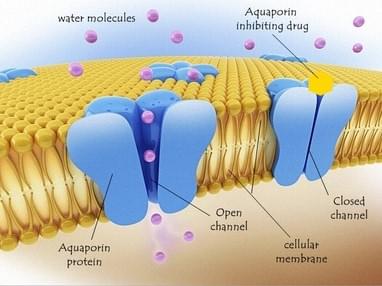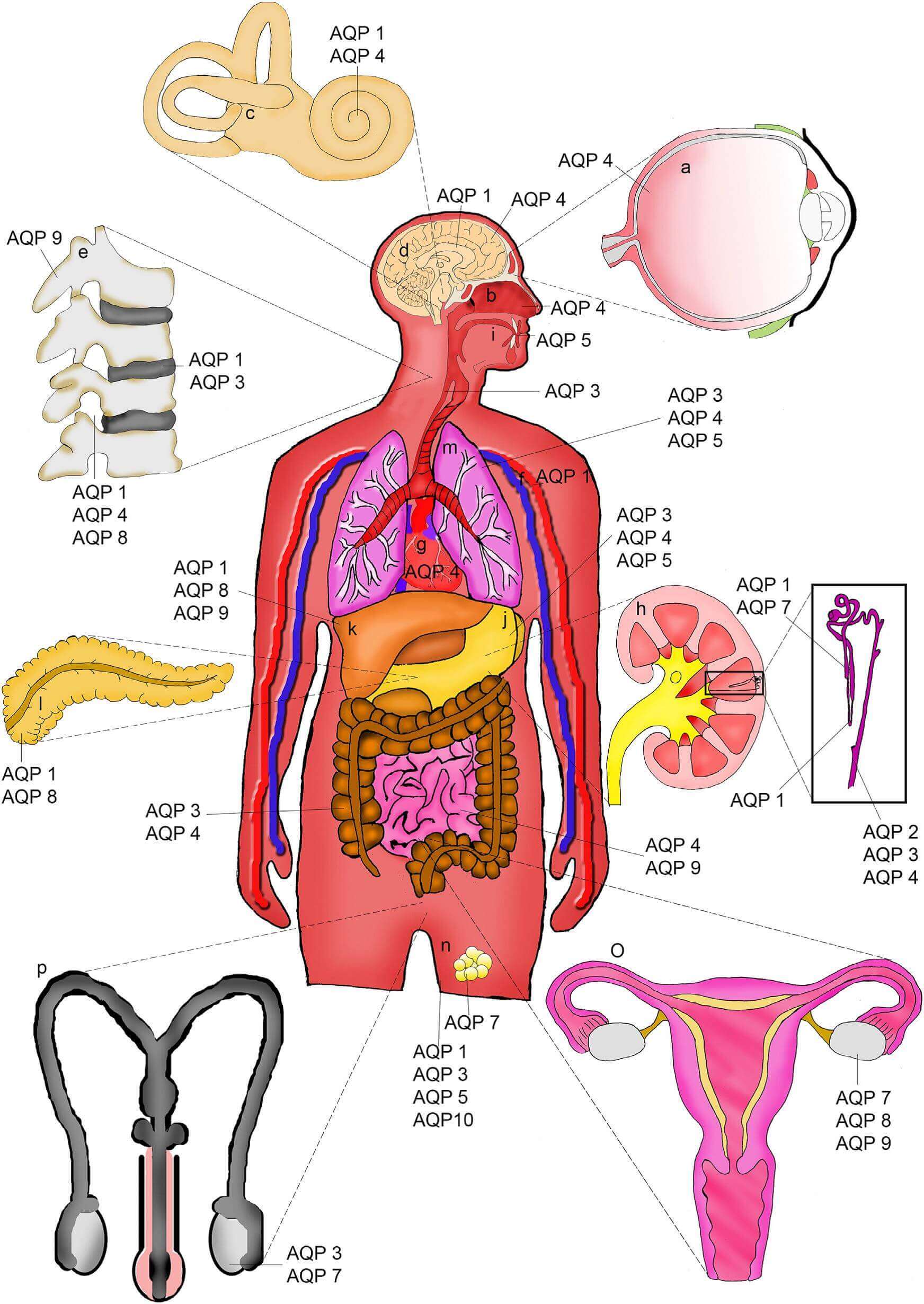Custom MemPro™ Major Intrinsic Proteins Services
Creative Biostructure provides custom gene-to-structure services for major intrinsic proteins.
Major intrinsic proteins (MIPs) are ubiquitously found in eubacteria, archaea, fungi, plants and animals for their essential function of regulating water and small molecule movement. Compare to their widespread distribution in plants, in vertebrates, they are mostly restricted to fluid-conducting organs such as kidney and lungs and secretory glands. Until 2005, more than 450 members of MIPs have been identified and new members are being discovering at a dramatic rate. They indirectly affect many physiological and biological process that show promising potential in pharmaceutical and agriculture. MIPs in lens maintain lens transparency and those in kidney play a key role in urine concentration.
 Figure 1. Cellular structure of AQPs
Figure 1. Cellular structure of AQPs
According to substrate specificity, MIPs are mainly classified into AQPs if they are only permeable to water and GLPs if they in addition facilitate passive diffusion of small solutes such as glycerol or urea. AQPs are expressed in a wide range of tissues, often spatially located within a certain region of the cell. This enables them to play a central role in the flow of water through those tissues, which typically triggers cell volume regulation (CVR) mechanisms. CVR is a necessary mechanistic component of AQP-mediated transcellular water flow. It comprises regulatory volume decrease (RVD), usually in response to hypotonicity-induced cell swelling, and regulatory volume increase (RVI), usually in response to hypertonicity-induced cell shrinkage.
 Figure 2. Distribution of AQP in human
Figure 2. Distribution of AQP in human
AQP1 is mainly expressed in the kidney in both the cytoplasm and in the membrane. AQP1 can be induced to undergo rapid and reversible translocation to the plasma membrane upon hypotonic stimulation mediated by TRP channels, calcium, PKC and microtubules. Additionally, AQP1 is the major AQP expressed in vascular endothelial cells and it predominant the role in water permeability in the heart. Endothelial AQP1 might mediate the flow of water from the expanded interstitial space into the capillaries
AQP4 is the main AQP of the central nervous system and plays an essential role in the regulation of water flow in the brain, spinal cord and interstitial fluid surrounding neurons, thereby maintaining the K+ concentrations required for neuroexcitation. AQP4 often co-expressed with another receptor: transient receptor potential vanilloid type 4 (TRPV4) to form a molecule complex to control CVR in CNS. In addition Therefore, AQP4 has been largely associated with the pathophysiology of brain oedema.
Mutations in MIPs are highly related to serious diseases, for example, disable of MIPs in kidney will result in nephrogenic diabetes insipidus (NDI). In this disease, mutations in the vasopressin 2 receptor or in AQP2 itself lead to a decreased ability to concentrate urine. Besides, defective trafficking of MIPs in lens will cause cataract
References:
Zardoya R. Phylogeny and evolution of the major intrinsic protein family[J]. Biology of the Cell, 2005, 97(6): 397-414.
Day R E, Kitchen P, Owen D S, et al. Human aquaporins: regulators of transcellular water flow[J]. Biochimica et Biophysica Acta (BBA)-General Subjects, 2014, 1840(5): 1492-1506.